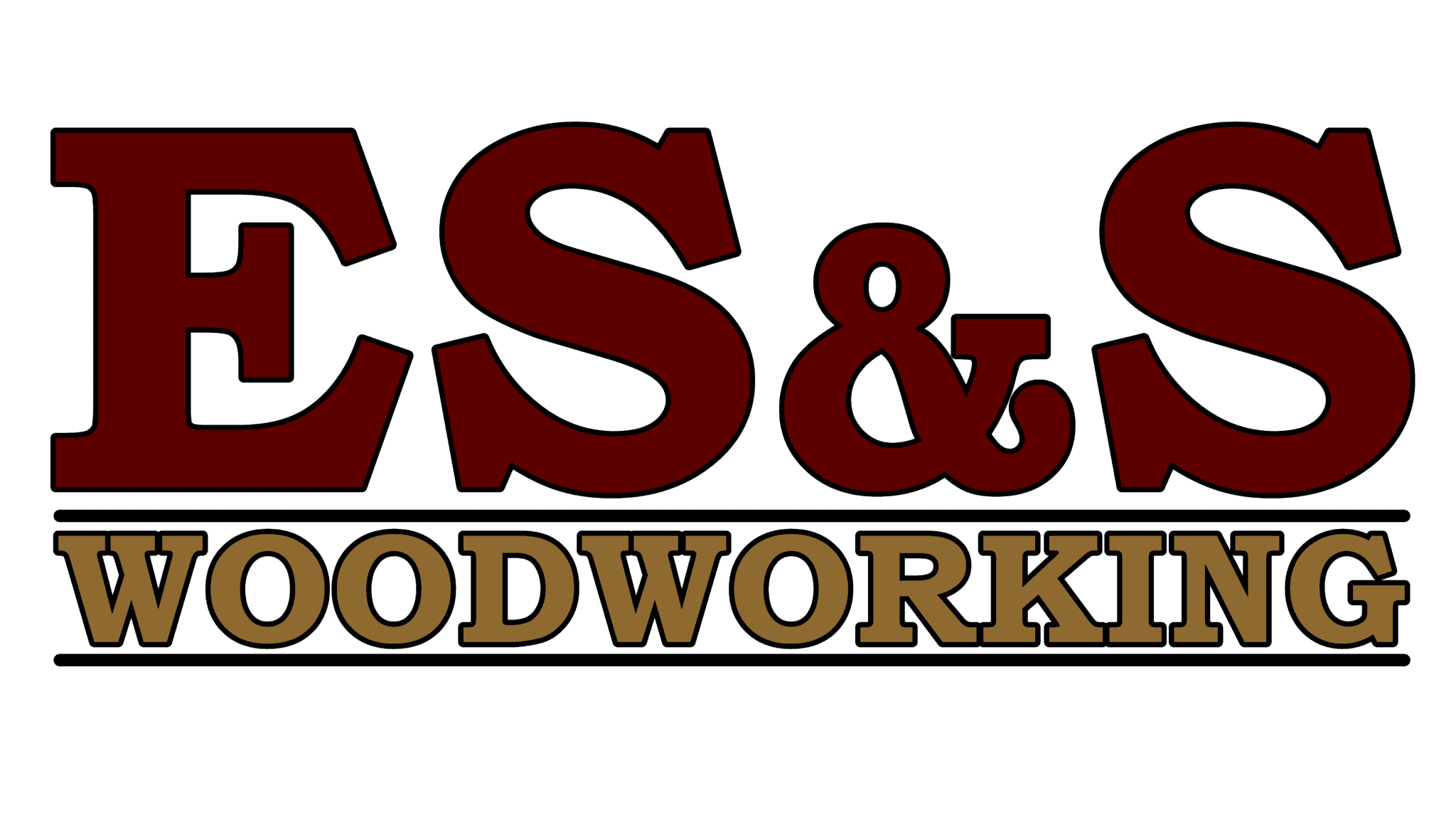A lot of our projects are 90% prep and 10% finish build. The table restoration we have in the shop right now is a prime example. Paint prep on the table base starts with sanding. Lots and lots of sanding. The paint we’re using is a high adhesion product that technically doesn’t need the old clear coat removed. However, with a little TLC and some 150 grit sandpaper, we can help it last even longer.
In this pic, you can see the difference in the sanded/non-sanded areas. I only sanded this long enough to take the majority of the shine away. The glossy finish disappearing means the sandpaper has scored it enough to maximize adhesion.
What paint will we be using on this piece? The customer chose Annie Sloan Old White chalk paint. Annie Sloan makes a great product that applies easily and offers some nice options. It sands really well, so if you want a flawlessly smooth finish, that is an option. You can also apply it on top of almost any surface with very little paint prep. We’ve done this a few times with good success. However, since this table will have shoes rubbing on the base, we felt the extra sanding was the right choice.
Picking the right sandpaper grit for this sort of work can be tricky. Too smooth (higher numbers) and it won’t score enough to help the paint stick. Too rough (lower numbers) and it’ll chew away too much material. Then you’ll spend time doing more repair work. I recommend starting with a higher number (maybe 220 grit) and trying it out on a small test area that isn’t easily visible. See how it looks and feel and adjust from there.
